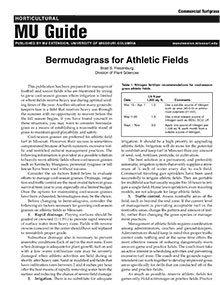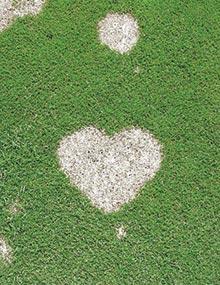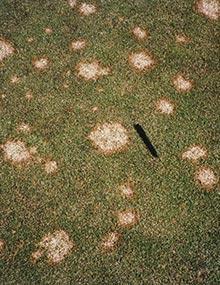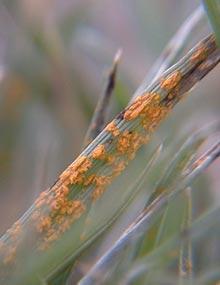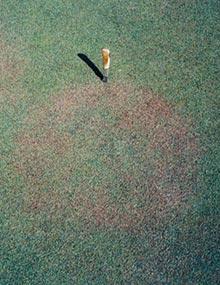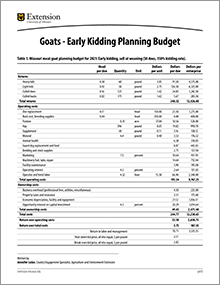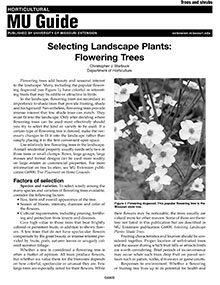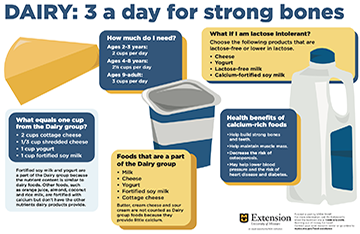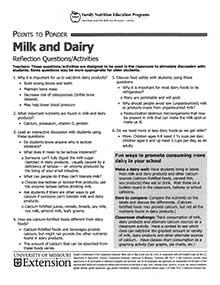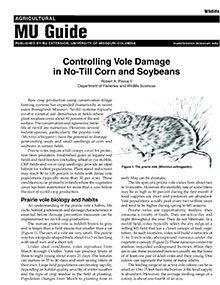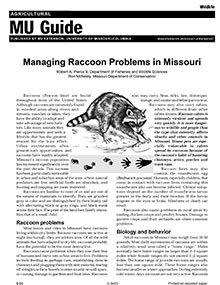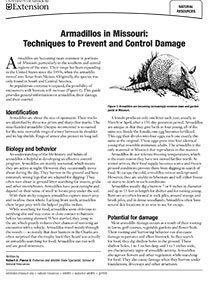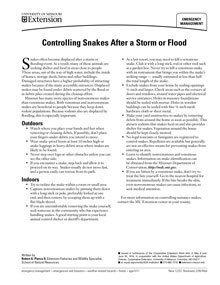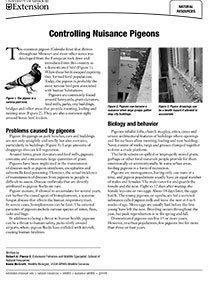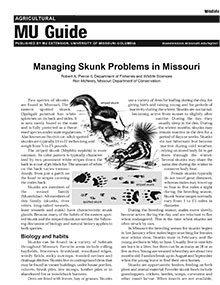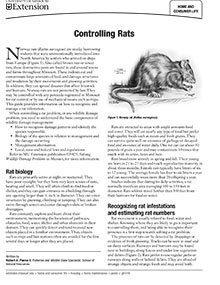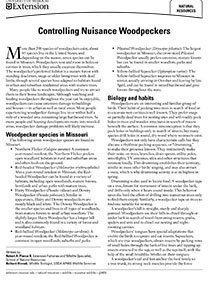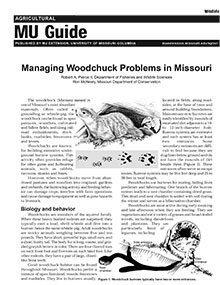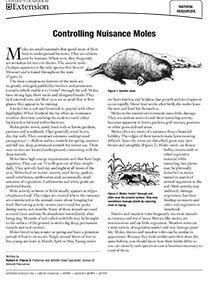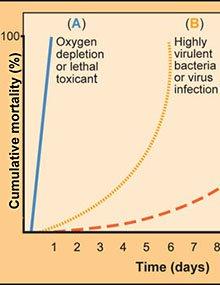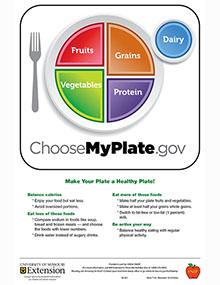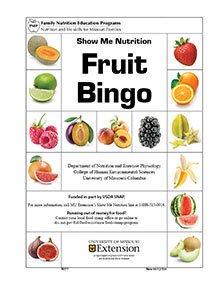Bermudagrass for Athletic Fields
Reviewed
Identification and Management of Turfgrass Diseases, Page 12
Reviewed
Gray snow mold is a winter turfgrass disease in regions where snow cover persists for long periods. All grasses can be damaged to some extent, but injury is often more severe on annual bluegrass and bentgrass putting greens.
Identification and Management of Turfgrass Diseases, Page 15
Reviewed
Microdochium patch is most common on new bentgrass greens under cover or in situations where nitrogen fertility was high going into the winter.
Identification and Management of Turfgrass Diseases, Page 18
Reviewed
Rust occurs to some extent on all turfgrasses, but the rust fungi are generally host specific. Rust is most severe on susceptible cultivars of Kentucky bluegrass, tall fescue, perennial ryegrass and zoysiagrass. Rust symptoms usually appear in late August to early September and continue through the fall months.
Identification and Management of Turfgrass Diseases, Page 21
Reviewed
Take-all patch of creeping bentgrass is a soilborne disease caused by a darkly pigmented, ectotrophic root-infecting fungus. The disease is most common on new greens. It also occurs on reconstructed greens, especially when methyl bromide had been used in the renovation.
Goats — Early Kidding Planning Budget
Revised
Use this doe flock enterprise budget to estimate costs and returns when birthing goat kids in the winter — a system with seasonally high prices for kids and low land needs.
Selecting Landscape Plants: Flowering Trees
Reviewed
Flowering trees add beauty and seasonal interest to the landscape. Many, including the popular flowering dogwood (Figure 1), have colorful or interesting fruits that may be edible or attractive to birds.
Milk and Dairy poster
Revised $33
This poster reviews the benefits of calcium-rich foods, key nutrients provided, lactose intolerance, alternate calcium sources and food safety for dairy foods.
Dairy SMNED handout (Bundle of 25)
Revised $12
This handout provides information regarding dairy foods in your diet.
Armadillos in Missouri: Techniques to Prevent and Control Damage
Reviewed
Armadillos are becoming more common in Missouri. Visit our site for our Armadillos in Missouri: Techniques to Prevent and Control Damage resource.
Controlling Snakes After a Storm or Flood
Reviewed
Snakes often become displaced after a storm or flooding event. As a result, many of these animals are seeking shelter and food in areas close to people. Read more to find out what to do when you encounter one.
Controlling Nuisance Pigeons
Reviewed
Managing Skunk Problems in Missouri
Reviewed
Controlling Rodents After a Flood
Reviewed
Flooding displaces many rodents from their natural habitat. As a result, these animals are seeking areas that can provide food and shelter, such as homes, sheds, barns and other buildings.
Controlling Rats
Reviewed
Norway rats are stocky burrowing rodents that were unintentionally introduced into North America by settlers who arrived on ships from Europe. Also called brown rats or sewer rats, these destructive pests are found in and around towns and farms throughout Missouri. This guide provides information on how to recognize and manage a rat infestation.
Controlling Nuisance Woodpeckers
Reviewed
Tree Squirrels: Managing Habitat and Controlling Damage
Reviewed
Missouri is home to three species of tree squirrels. Visit our site for our Tree Squirrels: Managing Habitat and Controlling Damage guide.
Controlling Nuisance Moles
Reviewed
Moles often are a nuisance and can harm your plants. Visit our site to learn about Controlling Nuisance Moles.
Collection and Submission of Samples for Fish-Kill Investigation and Toxic-Substance Analysis
Reviewed
Fish kills occur in natural and cultured populations. They can be due to disease, poor water quality or a toxic substance. Fish kills represent emergencies, and producers must be prepared for them in advance. Learn more in this guide.
MyPlate Poster
Revised $34
Editor's note
The following abstract describes a publication that is available for purchase or as a downloadable PDF.
Fruit Bingo Cards
Revised $13
Editor's note
The following abstract describes a publication that is only available for purchase.
